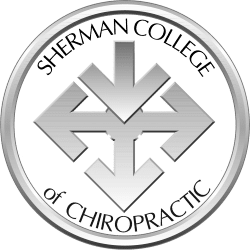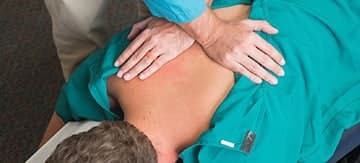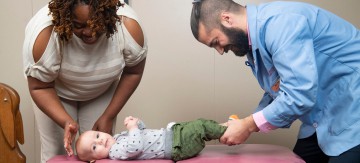[et_pb_section bb_built=”1″][et_pb_row][et_pb_column type=”4_4″][et_pb_text]
The Rubicon Group Funds $20,000 for Research on the Effects of Chiropractic Care on Stroke Patients
The Rubicon Group (TRG) has announced a funding commitment of $20,000 (NZD) to the Centre for Chiropractic Research at the New Zealand College of Chiropractic, Auckland, New Zealand, in support of a randomized clinical trial entitled “The Effects of Chiropractic Care on Functional Outcomes, Somatosensory Processing and Motor Control in Patients Who Have Suffered from a Stroke.”
The proposed stroke study will be the first of its kind, and ground-breaking, particularly if it’s possible to show that chiropractic care improves brain function and neuromuscular control in people who have suffered from a stroke. The clinical trial will involve scientists from Aalborg University Hospital, Denmark, Riphah International University, Pakistan, and the New Zealand College of Chiropractic.
The Rubicon Group is a collaborative effort of Sherman College of Chiropractic, Life University, Life Chiropractic College West, McTimoney College of Chiropractic, New Zealand College of Chiropractic, McTimoney Chiropractic Association, the Scottish Chiropractic Association and the United Chiropractic Association.
Participants in this study must have had a stroke at least six weeks prior to their involvement in the study and have ongoing neurological deficits due to the stroke. A crossover design will be used, and participants will act as their own controls. The study will compare the effects of a single session of chiropractic care addressing vertebral subluxations to a passive movement control intervention on outcome measures that assess sensorimotor function.
The outcome measures for the trial will assess whether a single session of chiropractic care improves performance in the Timed Up and Go Test (TUG) and whether it increases muscle power, strength, and cortical drive and reduces fatigue in stroke survivors who have muscle weakness. The TUG and measures of strength and fatigue are clinically relevant outcome measures in the assessment of stroke rehabilitation.
The H reflex, m waves, strength, fatigue and v waves are clinical and neurophysiological measures that have previously been shown to change following chiropractic care and are also important indicators of changes in central nervous system function that are important for motor recovery following a stroke.
This trial will also assess motor unit recruitment pattern changes after chiropractic care. This will be achieved with multi-array EMG electrodes (subject to the ability of the participant to move their own muscles). Other outcome measures will assess how the brain and target muscles communicate (EEG-EMG coherence) and will also assess which brain regions are involved with any changes that are observed in somatosensory processing following the chiropractic care session.
Identifying the relevant brain regions involved will be assessed using somatosensory evoked potentials (SEPs) and a cap that has 62 EEG recording electrodes. In several past studies utilizing SEPs, it has been shown that adjusting vertebral subluxations can alter the way the brain processes and responds to sensory information from the upper limb. It was recently demonstrated, in an award-winning international collaboration, that the brain changes that occur after a single session of chiropractic care take place in the prefrontal cortex.
The Rubicon Group joins the United Chiropractic Association (UK), the Australian Spinal Research Foundation and the chiropractic profession in New Zealand in supporting this study.
[/et_pb_text][/et_pb_column][/et_pb_row][/et_pb_section]







